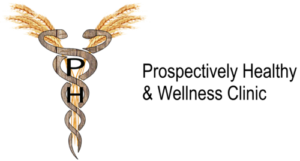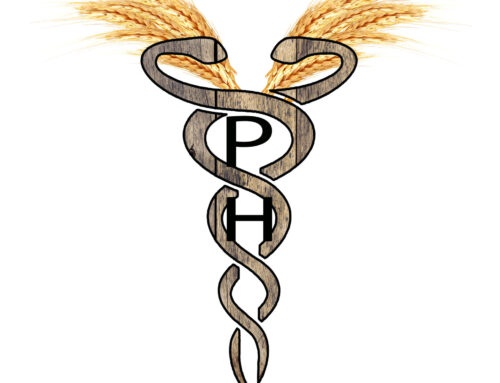HIV Infections, of course come from a virus, hints the name. A virus is dependent upon a host cell in order to make its proteins. A virus must infect a cell in order to cause any damage to the host cell. Viruses make a viral protein coat. This coat contains glycoprotein gp120 and gp 40 to make gp160, these bind to a CD4 and a chemokine receptor. There are two types of chemokine receptors that it may bind to CXCR4 on T cells and CCR5 on Mac and DC’s, which also may express small levels of CD4, which is normally a protein found on T cells. Individuals that are descendants of survivors of the black plague do not express CCR5, therefore are not susceptible to expressing the HIV symptoms. CCR5 is required to allow entry in to the macrophage, which is where the HIV infects, so if there is no receptor then that means no entry, which does not allow progression. So this person is termed a long-term non progressor. Mutations in the FUT2 gene also may result in non progression. FUT2 encodes galactoside 2-alpha-L-fucosyltranferase 2. Approximately 20% of Europeans have this mutation. HLA-B 5705 and HLA-B 2705 are some MHC’s that are better at controlling infections. Approximately 1 in 500 people are now considered non-progressors. When an anti-HIV drug is used, its function is to block the CCR5 receptor so that the macrophage does not ingest the virus.
When a virus gets into your cell and buds off, it takes components from outside of the cell with it, this is termed tropism. When the virus goes in to a macrophage, or buds off it takes CD86 and MHC class 1 and 2. This virus is now T-cell tropic. T cell tropic means that it is looking for a T-cell. The virus that buds off the T cell carries with it TCR, CD28, and T cell adhesion molecules. This virus is no considered macrophage-tropic. Macrophage tropic means that is is looking for a macrophage to fuse with. After the virus binds to a chemokine receptor and CD4, the second part of the protein (gp41) becomes involved.
Viruses contain all the things needed for replication. Three proteins that are within the nucleocapsid core are integrase, reverse transcriptase, and protease. It also contains RNA genome, which is the genetic coding for the virus. With these, the virus will enter a cell, reverse transcriptase (REV), turns the RNA into cDNA, which is backwards of the typical process of DNA turned into RNA, viruses then make DNA from the complimentary DNA (cDNA). Integrase then integrates the cDNA into the host cell genome, transforming it into what is called a provirus; the provirus will insert into whatever part of the chromosome is unraveled and once integrated it remains dormant. This is a phase termed as a latent phase. After this phase the cell may become activated.
The importance of the innate immune system in controlling HIVinfection and disease
- Available online 3 August 2001.




